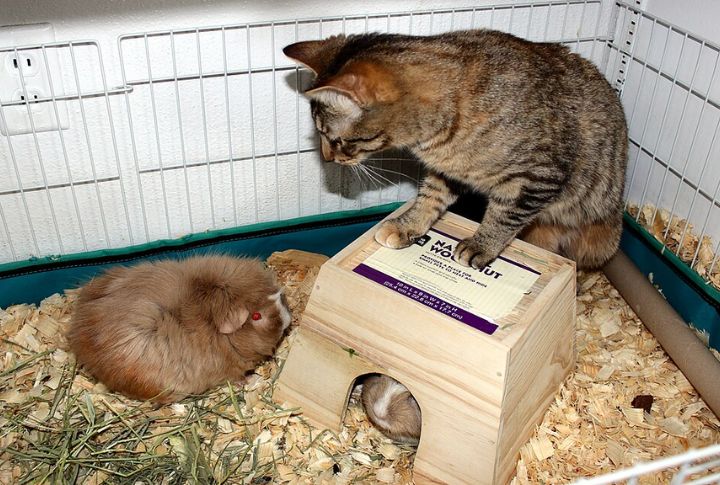
Cats may rule the house, but not every pet fits into their kingdom. Some animals trigger hunting instincts, cause nonstop tension, or simply don’t mesh with feline energy. Before expanding your pet crew, check out which companions could spell trouble for your resident feline.
Ferrets
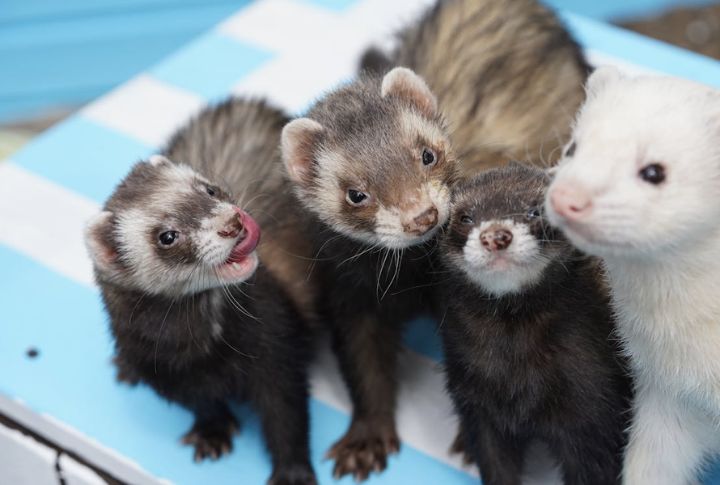
Ferrets are fearless, fast, and just chaotic enough to rile up even the calmest cat. Their nipping, combined with a cat’s scratching tendencies, often leads to squabbles. While some ferrets and felines live together, slow introductions and supervision are essential to avoid injuries or stress for either pet.
Turtles
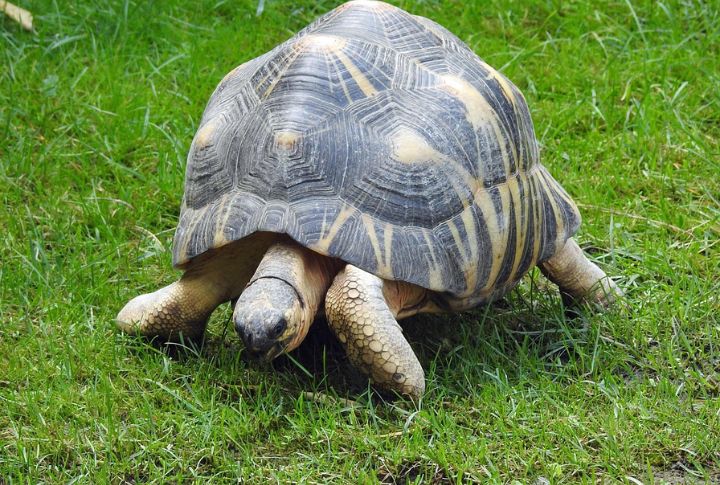
You’d think turtles would be safe in their sturdy shells, right? But cats love batting at anything that moves slowly, especially when turtles live in an open tank. A curious paw can easily tip over habitat or seriously rattle your shelled buddy’s sense of safety more than you might expect.
Parrots

That bright, noisy parrot might fascinate a cat for all the wrong reasons. Birds and cats have a natural predator-prey dynamic, and no amount of training can erase instincts. This makes parrots vulnerable to serious harm, so they should always be kept in secure cages away from sneaky paws.
Rabbits
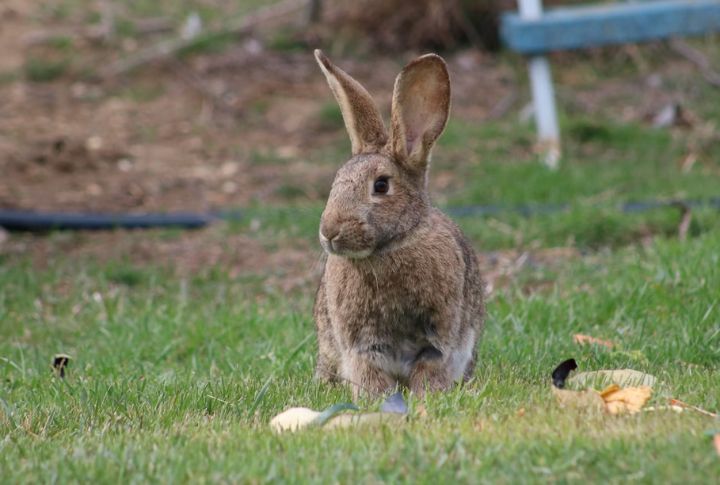
Sure, rabbits look chill, but they’re prey animals at heart. A cat’s stalking behavior, even when it’s playful, can send a bunny into panic mode. The stress alone is unhealthy, and clawed accidents happen easily. Rabbits need a calm, protected environment to thrive alongside other pets.
Guinea Pigs
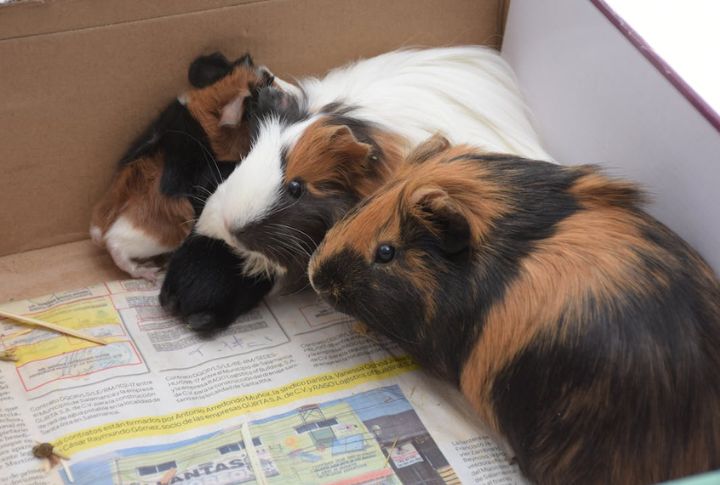
These little squeakers are basically cat bait in any household. Even if the cat never actually touches them, the constant looming presence can seriously mess with a guinea pig’s peace of mind and overall well-being. They are fragile and simply not built to handle curious paws or intense predator stares.
Snakes
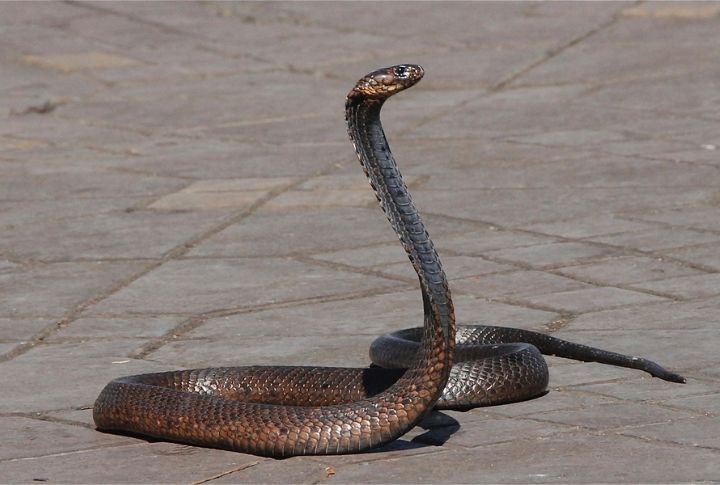
A slithering snake might seem secure in its tank—until your cat decides it’s a moving toy. Snakes can defend themselves with bites or constriction, which can injure a cat, so both animals face risks when their spaces overlap. It’s not just a weird combo—it’s risky for both animals involved.
Sugar Gliders
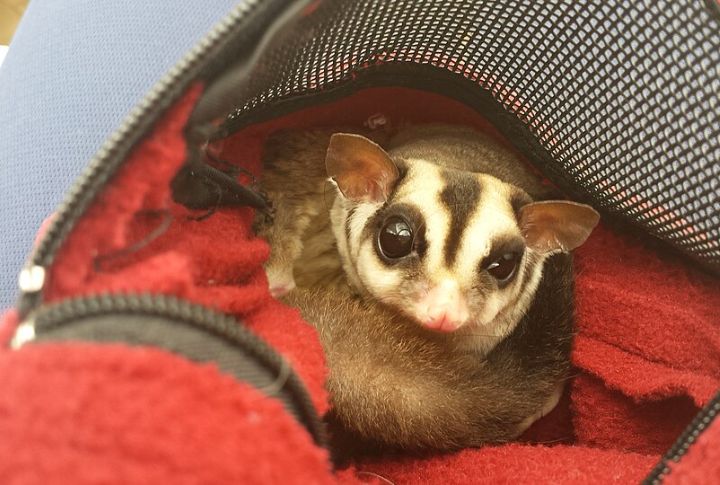
These wide-eyed gliders are fast, jumpy, and mostly active at night—aka prime entertainment for any curious cat. They’re adorable but definitely not cat-compatible pets. Their quick jumps and nighttime activity make them tempting “toys,” but such interactions often cause fear and possible injury.
Hamsters
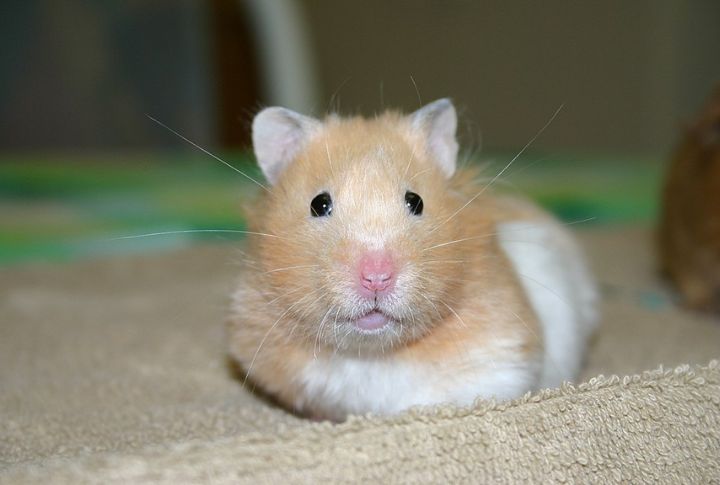
Constantly on the move, hamsters are basically the definition of prey in your cat’s eyes. Even with a secure cage, cats often stalk and paw at them, which is terrifying for such a small creature. Hamsters require secure habitats and minimal exposure to feline attention to stay safe and healthy.
Rats

Highly intelligent and social, rats thrive on interaction but not with such hunters nearby. They’re small enough to trigger hunting instincts and agile enough to keep dodging, which only makes the chase more exciting. It’s like a real-life cat-and-mouse chase, except way more dangerous and heartbreaking.
Fish (Especially In Open Tanks)
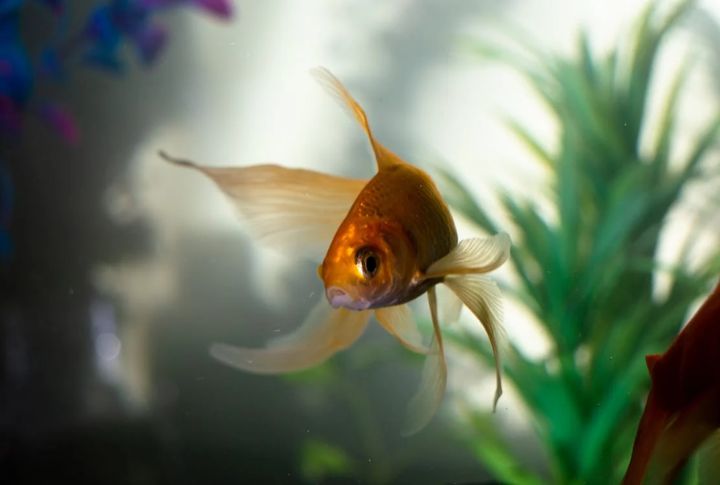
Open-top fish tanks are a playground for cats. In fact, tipped tanks or stressed fish are common problems when cats have easy access. So, covered tanks and strategic placement can protect your aquatic pets. The movement of fins and bubbles is irresistible, and one exploring paw could lead to a vanished fish.

